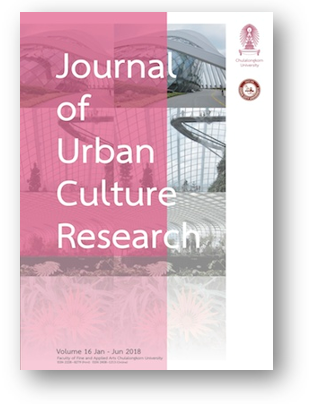The Five Senses in Genre Paintings of the Dutch Golden Age
DOI:
https://doi.org/10.14456/jucr.2018.7Keywords:
Five Senses, Genre Painting, Dutch Golden Age, Prodigal SonAbstract
This article aims to study one of the most popular themes in 17th-Century Dutch genre paintings - the five senses - in its forms and religious interpretations. Firstly, while two means of representation were used to clearly illustrate the subject, some genre scenes could also be read on a subtle level; this effectively means that such five senses images can be interpreted somewhere between clarity and ambiguity. Secondly, three distinct religious meanings were identified in these genre paintings. Vanity was associated with the theme because the pursuit of pleasure is futile, while sin was believed to be committed via sensory organs. As for the Parable of the Prodigal Son, party scenes alluding to the five senses can be read as relating to the episode of the son having spent all his fortune.
Downloads
Published
How to Cite
Issue
Section
License
Authors authorize the JUCR to publish their materials both in print and online while retaining their full individual copyright. The copyright of JUCR volumes is retained by Chulalongkorn University.
The views and opinions expressed herein are those of the individual author(s) and do not necessarily reflect the policies or opinions of the Journal (JUCR), it editors and staff, Chulalongkorn University, or Osaka Metropolitan University.








